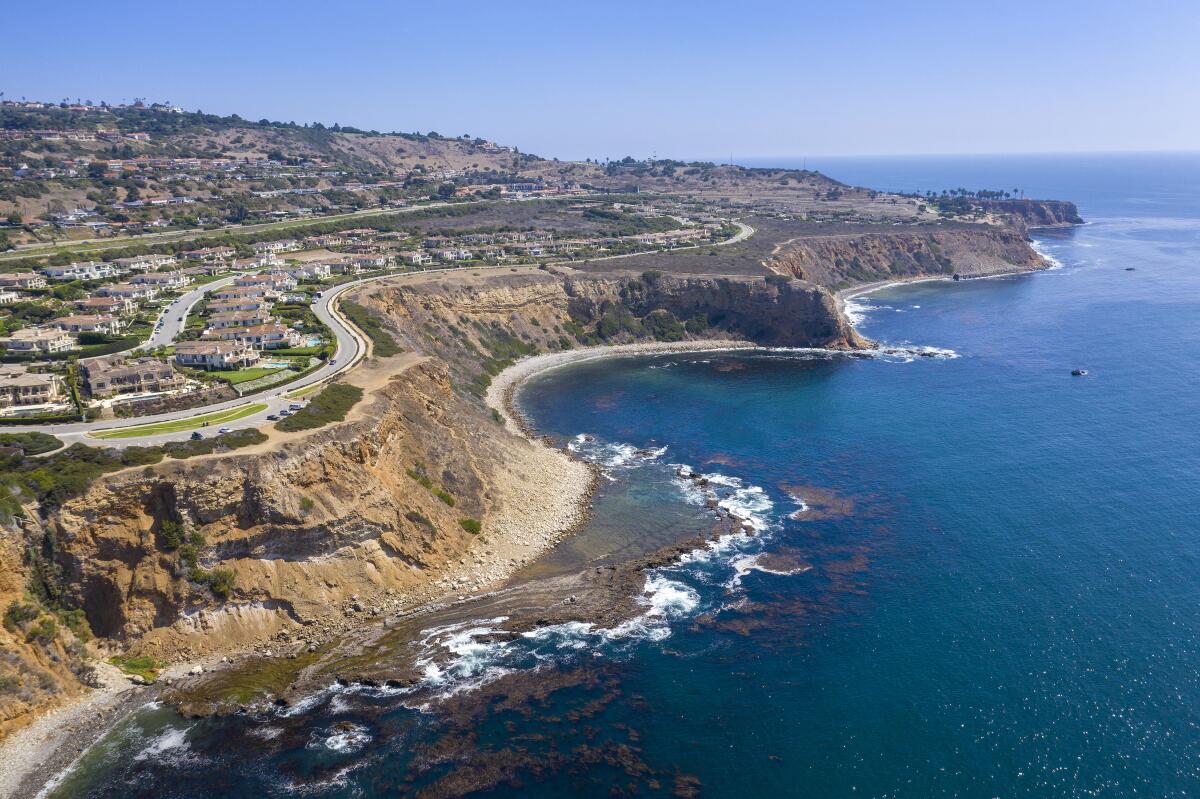Letters to the Editor: The dark history of DDT dumping and humanity’s environmental disregard

- Share via
To the editor: I knew that thousands of barrels likely containing DDT had been casually dumped off the coast of California and Catalina Island decades ago, and it still shocks and appalls me.
But to read that the history of DDT disposal is much darker than that because most of the waste was actually poured directly into the ocean from massive tank barges? That knowledge fills me with dread and disgust at humanity’s environmental disregard.
Linda Nicholes, Huntington Beach
..
To the editor: More than 25 years ago, the DDT and PCB dump site off the coast of Palos Verdes was deemed a Superfund site. Recently, new effects of these chemical deposits have been discovered. We now know that granddaughters of women exposed to DDT may have a higher likelihood of breast cancer.
Money has been paid out for this pollution over these years, and for what? Some signs “educating” people not to eat the fish from our coastal waters? The DDT/PCB still sits there. So now we will have to spend more money to discover just how large the dump site really is.
Betsy Nicassio, Hermosa Beach
..
To the editor: As an old chemical engineer, I enjoyed your update on the identification of the dumping of DDT off the coast of L.A. However, I’ve read similar articles in the ‘80s, ‘90s, 2000s, 2010s and now the 2020s. I agree with the ecotoxicologist Allan Chartrand — what are the EPA and the state doing to remove it?
The problem does not need more money thrown at it to study it. We know it’s there. It needs a plan and action to remove it from the ocean floor and dispose of it properly. I look forward to your follow-up story.
Robert Wingfield, Cypress
..
To the editor: Rosanna Xia’s articles about DDT contamination of the local oceanic environment have surely been a public service. May she soon address other harmful environmental changes that result from human activities.
However, the Aug. 5 article reported that EPA has found that pollution from DDT waste of the Montrose Chemical Corp. that was dumped into the deep basin between the coast and Santa Catalina Island, where there is limited or no water circulation, could be “even worse than expected,” per the headline. But since the last DDT molecule left the Montrose factory on its way out to sea, research shows DDT contamination of coastal waters has declined — along with confidence in the capabilities of both state and federal agencies.
Robert Risebrough, Berkeley






